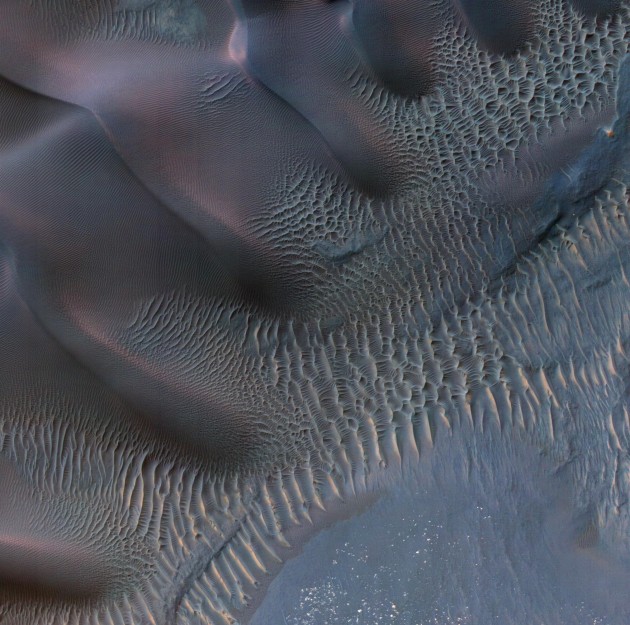
This enhanced-color image shows sand dunes trapped in an impact crater on Mars. (Image: NASA/JPL-Caltech/Univ. of Arizona)

A Kelp Crab captured in a beach fishing net in Washington state during a Bainbridge Island survey which focused on the abundance, habitat use and food habits of larval forage fish. (Photo: Department of the Interior/USGS)

The space shuttle Enterprise shortly after the grand opening of the Space Shuttle Pavilion at the Intrepid Sea, Air & Space Museum in New York. (Photo: NASA/Bill Ingalls)

Artist’s conception of a storm of comets around a star near our sun, called Eta Corvi. Evidence for this barrage comes from NASA’s Spitzer Space Telescope. (Image: NASA/JPL-Caltech)
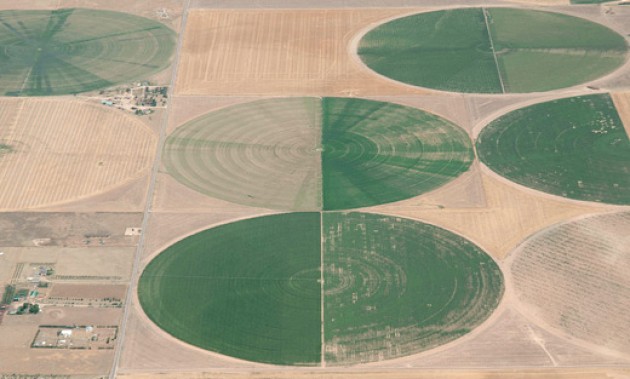
An aerial view of drought-affected Colorado farm lands, 83 miles east of Denver, Colorado on Saturday, July 21, 2012 (Photo: USDA)
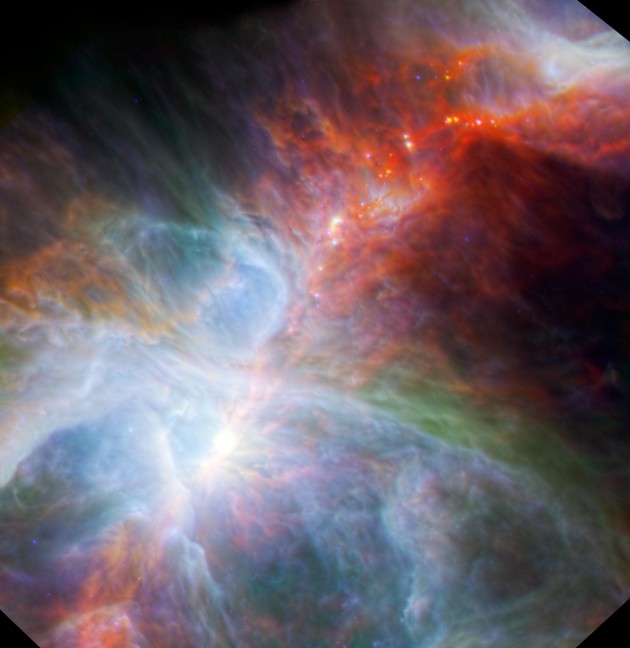
This Infrared observation of the Orion nebula highlights fledgling stars hidden in gas and clouds. It was taken by NASA’s Spitzer Space Telescope and the European Space Agency’s Herschel mission. (Photo: (NASA/ESA/JPL-Caltech/IRAM )
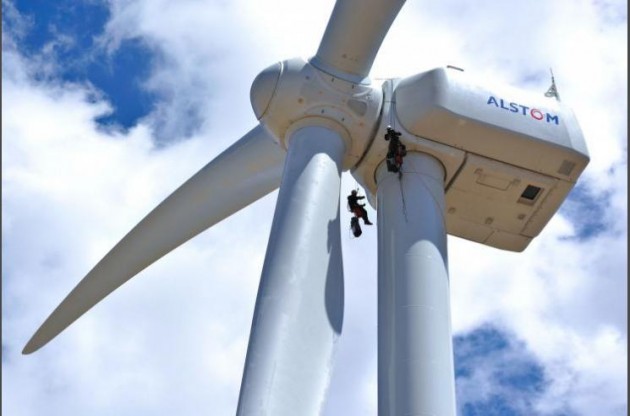
More than 300 feet off the ground, workers Jonathan Wiley and Eric Kuntzelman perform maintenance on a wind turbine at the National Wind Technology Center (NWTC) near Boulder, Colorado. (Photo: Dennis Schroeder/NREL)
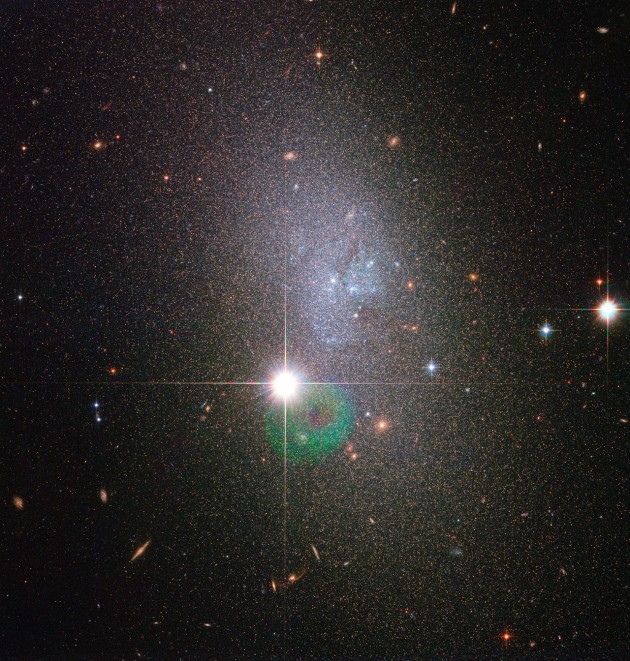
Most of the Universe’s galaxies look like small, amorphous clouds of vapor. One of these galaxies is DDO 82, captured here in an image from the Hubble Space Telescope. (Photo: NASA/ESA)

A magnet girder (in the foreground) for the National Synchrotron Light Source II, a new state-of-the-art, medium-energy electron storage ring. Each girder is a 14-foot, 8-ton structure which holds multiple magnets in the NSLS-II accelerator ring. (Brookhaven National Laboratory/USDOE)

Artist’s conception of NASA’s Mars Odyssey spacecraft passing above Mars’ South Pole. The spacecraft has been orbiting Mars since October 24, 2001. (Photo: NASA/JPL-Caltech/Univ. of Arizona)
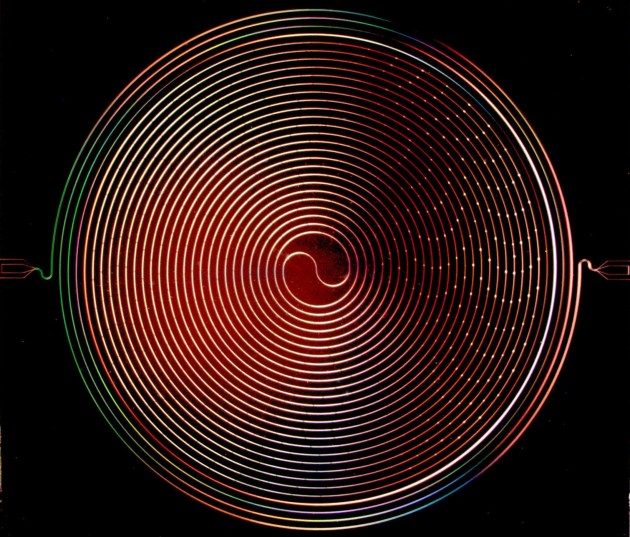
This instrument for exploring the cosmos and the quantum world was developed by researchers at JPL and Caltech. The new type of amplifier boosts electrical signals and can be used for everything from studying stars, galaxies and black holes, to exploring the quantum world and developing quantum computers. ( Photo: NASA/JPL-Caltech)

 Science World is VOA’s on-air and online magazine covering science, health, technology and the environment.
Science World is VOA’s on-air and online magazine covering science, health, technology and the environment.